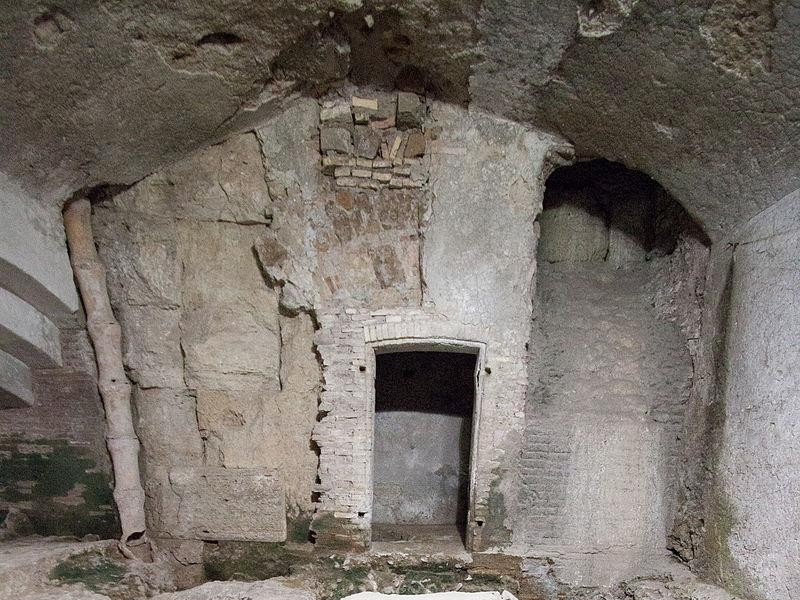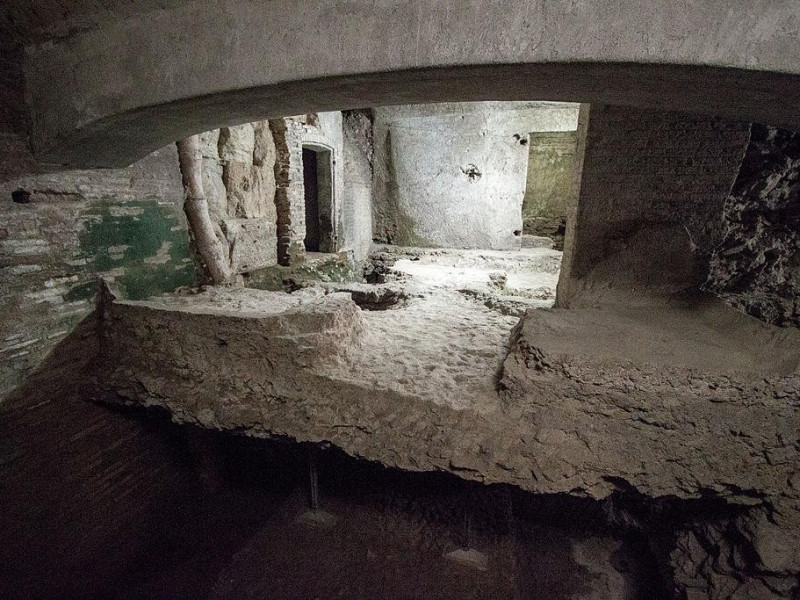Museo Nazionale Romano - Crypta Balbi
The Balbi Crypt is a block of the historic center of Rome, where he stood in a vast ancient porch, the Balbi Crypt, annexed to the theater that Lucius Cornelius Balbus had erected in 13 BC On the eastern side of the porch, and included in the perimeter of the modern, extending a series of blocks represented in the form Urbis ancient marble, whose buildings are partially open to visitors.
Urban Archaeology and the Museum of Rome in the Middle Ages
The museum is divided into different buildings succeeded one another in the various historical phases. The section on "Archaeology and History of an urban landscape" tells the story of the complex from antiquity to the twentieth century: the construction of Balbo, the ruralization of the urban landscape in the fifth century, the building of churches and medieval houses in the area, to 'Building the Conservatorio di Santa Caterina della Rosa, between the mid-sixteenth to the early decades of the seventeenth century, occupies a large part of the area.
The "ancient Rome to the Middle Ages" illustrates the transformation of the city between late antiquity and the 'Early Middle Ages (V-IX centuries). The largest group consists of exposure from the contexts of the materials found during the excavations in the Crypt, including the deposit late antique and early medieval dall'esedra that, during the seventh century, has yielded thousands of objects, especially pottery but also fragments of glassware, coins, lead seals, and also hundreds of objects made of metal, bone, ivory, precious stones and tools relevant to a workshop that produced luxury items for clothing and adornment. The contexts from the Crypt findings are complemented by contemporary historical collections of museums and Roman contexts found in the course of urban excavations in recent decades.



